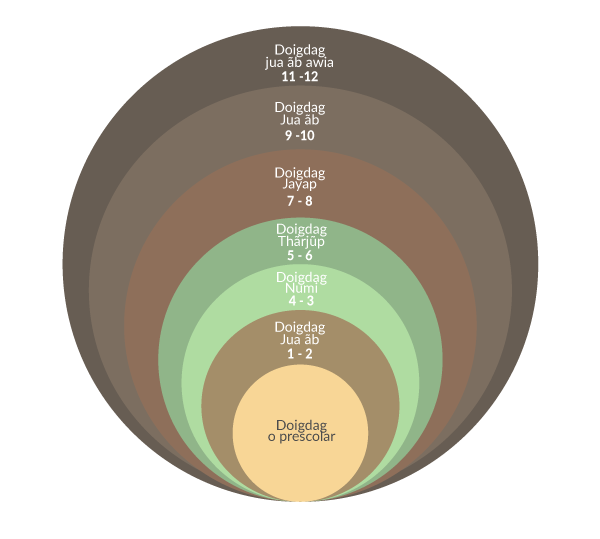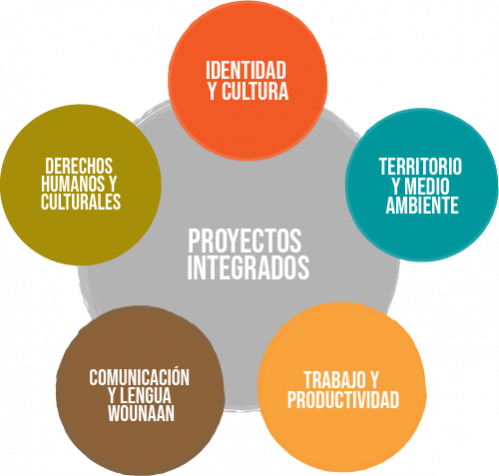The goal of the article is analisi grammaticale gratis online to allow you to learn how to compose essays. An essay is, generally speaking, a literary piece that exhibit the writer’s opinion, usually in an article format, but the exact definition is very vague, overlapping those of an guide, a letter, a report, an essay, and even a brief story. Essays have historically been categorized as either formal or informal. In the twenty-first century, nevertheless, essays are recognized for their capacity to engage and influence readers.women’s human hair wigs
nflshop
wig sale
adidas running shoes
nfl jerseys
sex toys for men
cheap nike air max
custom jerseys
adidas ultraboost shoes
buffalo bills Jerseys
custom basketball jersey
The very first step to learn how to write essays is to master the debut. The introduction is where you start your written work and it is where your reader begins to form an interpretation of your ideas and arguments. As such, your introduction is vital to your essay. It needs to be strong and clear; it must grab the reader’s attention and compel him/her to keep reading. The introduction should sell the reader to the information you are about to share.
Next in the order of how to write essays is the body of your job. This refers to a work as a whole. In other words, it’s the meat of your work. Each section of your essay contributes to the bigger whole. Parts can be separated by long or short paragraphs, and they may be formatted with comparative ease. For example, you may break up a lengthy discussion on your business philosophy into two parts and use subheadings to separate the discussions as required.
Finally, the last part of your written work is your conclusion. This really is the”conclusion” The focus will be on promoting the reader on what you have to say. Whether you write a conclusion to your essay or use another record to outline what you’ve said throughout your essay, ensure the conclusion presents a solid case for your perspective, and explains how the reader must behave.
Now you understand how to write essays, the one thing left to deutsch grammatik korrektur do is training. Practice what you learned. There are many places online where you can take essay questions, complete them, and turn in an essay answer right on your own website. This will allow you to create a strategy for writing essays, as well as sharpening your skills for when you really sit down to write an essay.
In addition to using these techniques, keep in mind there are lots of resources available to you. You may find countless books and websites that teach you how you can write essays. Bear in mind that learning how to write essays doesn’t need to be a painful or challenging procedure. As you discover new techniques and become better at writing, you will discover that it’s naturally and your essays are stronger and more engaging.
Finally, remember which you want to practice what you learn. That is true for all sorts of learning, not only whenever you are writing essays. By taking routine writing courses or by writing essays on a regular basis, you will hone your writing abilities. Also, however you’ll create a stronger awareness of who you are as a writer. This will not only benefit your documents, but your entire writing career too.
Essay writing could be fun. If you follow the tips mentioned previously, however, you need to find that essay writing will not be as daunting or hard as you once thought it would be. Alternatively, you should enjoy the process and learn as you go along, thus rendering it much easier to write your thesis and also to pursue your academic objectives.





